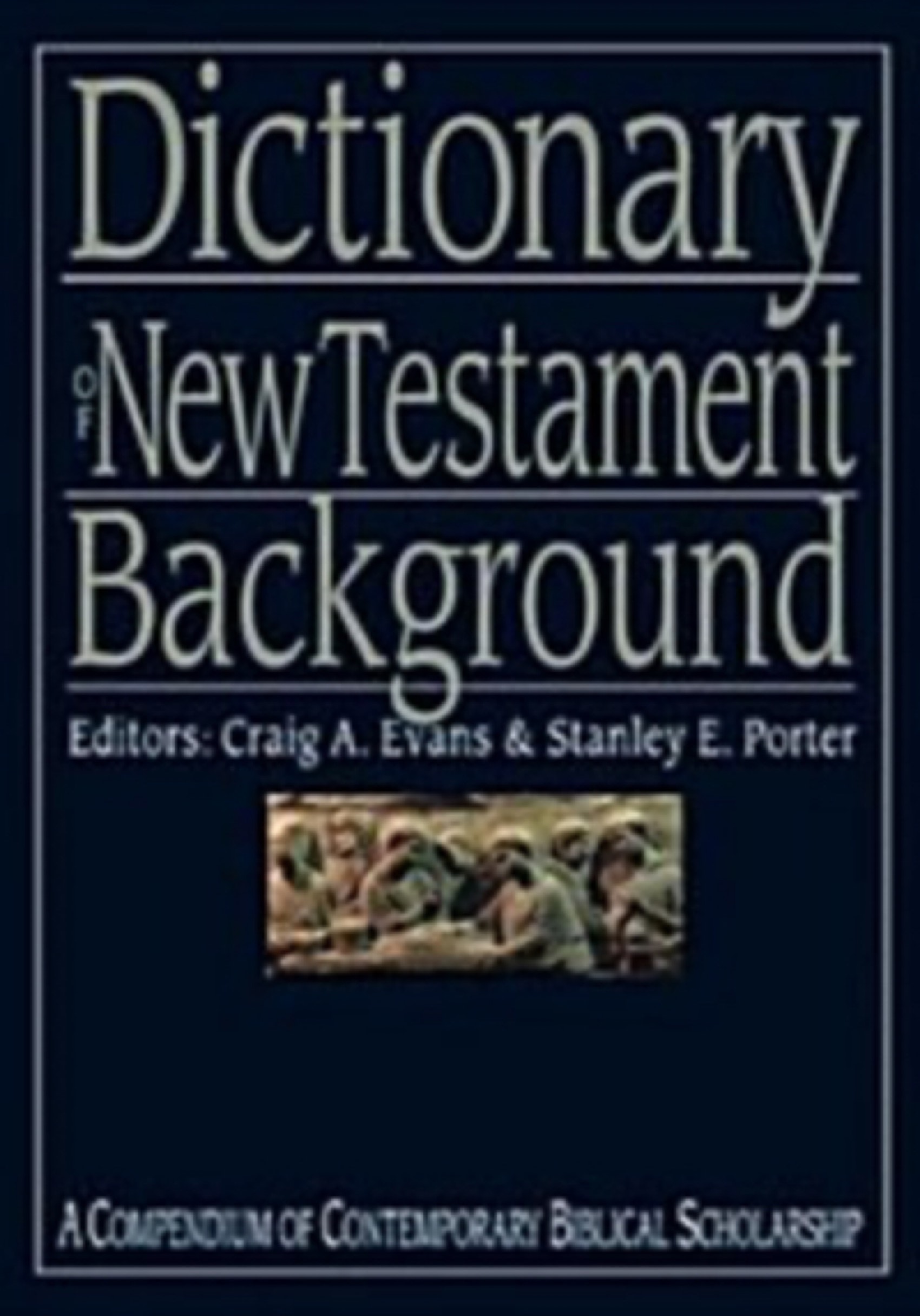DICTIONARY OF NEW TESTAMENT BACKGROUND
Summary of “Dictionary of New Testament Background”
The “Dictionary of New Testament Background”, edited by Craig A. Evans and Stanley E. Porter, is a comprehensive reference work that provides historical, social, religious, and literary contexts for understanding the New Testament and early Christianity.
Unlike traditional biblical dictionaries that focus solely on scriptural content, this volume aims to situate the New Testament within the wider Greco-Roman, Jewish, and early Christian world. It includes discussions on archaeology, geography, numismatics, historical figures, political institutions, religious practices, and cultural settings.
⸻
1. Purpose and Structure of the Dictionary
• The book includes around 300 topics relevant to the historical and cultural background of the New Testament.
• It covers a wide range of materials, including:
• The Dead Sea Scrolls
• Greek and Roman inscriptions
• The Apocrypha and Pseudepigrapha
• Rabbinic literature
• Archaeological discoveries
• Jewish, Greek, and Roman institutions
• Political and social movements
• It includes detailed bibliographies to guide readers toward further studies.
⸻
2. Key Themes Covered in the Dictionary
a) Jewish Background of the New Testament
• The dictionary explores Jewish religious practices, sects, and texts from the Second Temple period.
• It examines groups such as the Pharisees, Sadducees, Essenes, and Zealots.
• It discusses major Jewish historical figures like Caiaphas, Hillel, and Shammai.
• The influence of the Dead Sea Scrolls on early Christianity is analyzed.
b) Greco-Roman Influences on the New Testament
• The book provides insight into the philosophical and religious landscape of the Roman Empire, including:
• Stoicism, Epicureanism, and Platonism
• Emperor worship and pagan religious cults
• Political structures and legal systems affecting early Christians
• The role of Roman governors such as Pontius Pilate
c) Early Christian Communities and Texts
• The volume addresses how early Christianity developed within the Jewish and Greco-Roman world.
• It examines non-canonical writings like the Gospel of Thomas, apocryphal gospels, and early church fathers.
• Discussions on early church structure, worship practices, and missionary efforts are included.
⸻
3. Importance of the Dictionary
• This work fills a critical gap by providing a broader historical and cultural understanding of the New Testament.
• It helps scholars, theologians, and students interpret biblical texts within their original historical, social, and political contexts.
• It includes recent archaeological findings and historical insights that were not available in earlier biblical reference books.
⸻
Conclusion
The “Dictionary of New Testament Background” is an essential resource for understanding the world of the New Testament. It offers a historically rich perspective that enhances the interpretation of biblical texts and sheds light on the early Christian movement within its Jewish and Greco-Roman context.
